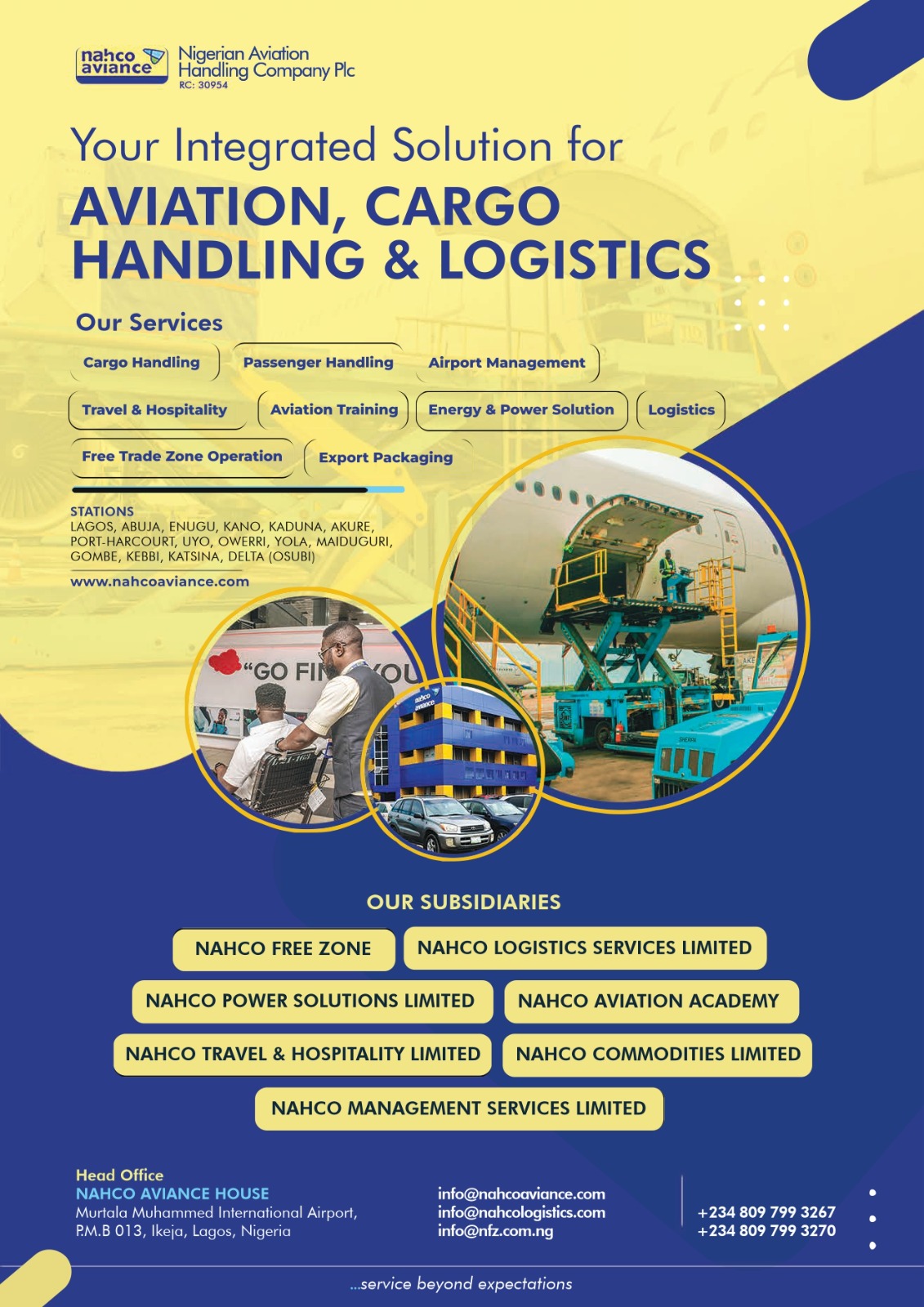This announcement comes less than a week after Tesla co-founder Elon Musk’s SpaceX docked a craft at the International Space Station. Toyota’s fuel cell technology will power the rover, which will be big enough for two astronauts. They will be able to take their suits off and live in the vehicle as they explore the lunar surface, said Shigeki Terashi, an executive vice president at Toyota.
“It’s an extremely challenging project, and we have high hopes for Toyota’s technology,” Koichi Wakata, an astronaut who has flown in NASA’s Space Shuttle and served as the first Japanese commander of the International Space Station, said at a JAXA event.
The rover will use solar arrays and fuel cells to generate and store power. It will land on the moon before a human expedition arrives, and drive to meet them. The project calls for the rover to be used in four other exploration areas, so it will have to move around on its own to meet arriving astronauts.












